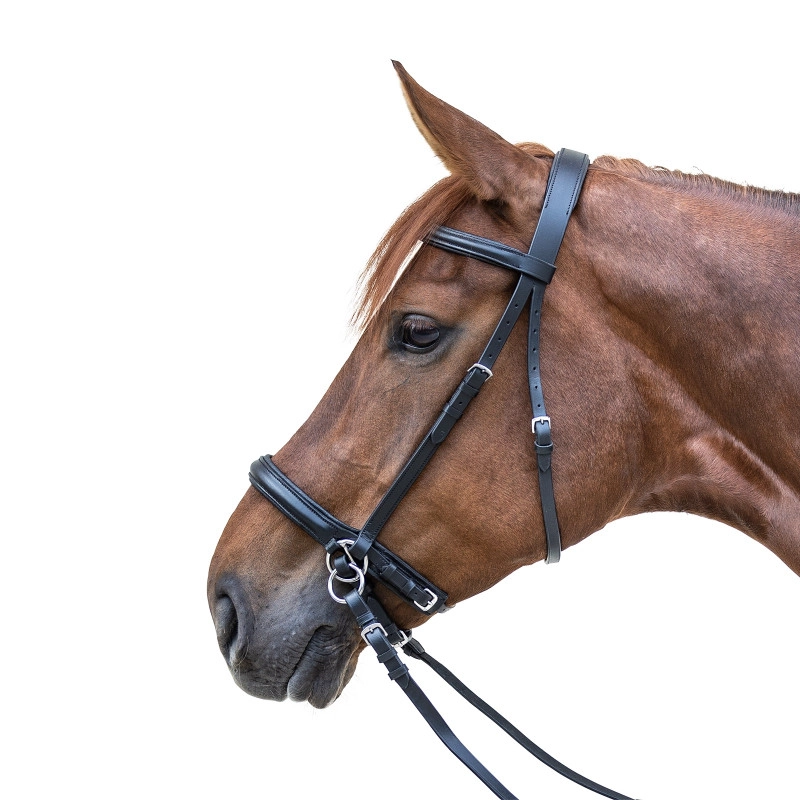Bit Selection: Matching Your Horse’s Mouth and Training Level
Choosing the right bit for your horse is crucial for effective communication and comfort during training. The bit acts as a direct link between rider and horse, so understanding how to match it to your horse’s mouth conformation and training stage can enhance performance and welfare.
Understanding Your Horse’s Mouth
- Mouth Size and Shape: Horses have varying mouth widths and thicknesses of the bars (the gums between the front and back teeth). A bit that is too narrow can pinch, while one too wide may slide and cause discomfort.
- Tongue Thickness: Some horses have thick tongues that require bits with more tongue relief to avoid pressure points.
- Sensitivity: Horses differ in their sensitivity to pressure; a gentle bit may be needed for sensitive mouths.
Types of Bits and Their Uses
| Bit Type | Description | Suitable For |
|---|---|---|
| Snaffle | Simple jointed bit applying direct pressure | Beginners, young horses |
| Pelham | Combines snaffle and curb action | Intermediate to advanced training |
| Curb | Applies leverage, more control | Experienced riders, trained horses |
| Mullen Mouth | Straight bar with slight curve, gentle | Sensitive horses, training stages |
Matching Bit to Training Level
- Young or Green Horses: Start with a mild snaffle bit to encourage acceptance and clear communication.
- Developing Horses: Transition to bits that offer more control as the horse learns and strengthens.
- Advanced Horses: Use specialized bits like Pelhams or curbs for refined cues and performance.
Additional Considerations
- Bit Material: Stainless steel, rubber, or sweet iron can affect taste and comfort.
- Bit Thickness: Thicker bits are generally milder; thinner bits provide more precise signals.
- Regular Checks: Monitor for signs of discomfort such as head tossing, resistance, or sores.
FAQ
Q: How do I know if the bit fits correctly?
A: The bit should rest comfortably in the horse’s mouth with one or two small wrinkles at the corners of the lips, without pinching or excessive movement.
Q: Can I change bits frequently?
A: Frequent changes can confuse your horse; it’s best to introduce new bits gradually and observe their response.
Q: What if my horse resists the bit?
A: Resistance may indicate discomfort or improper fit. Consult a trainer or equine dentist to assess the issue.
Selecting the right bit tailored to your horse’s mouth and training level not only improves communication but also promotes a positive riding experience for both horse and rider.
